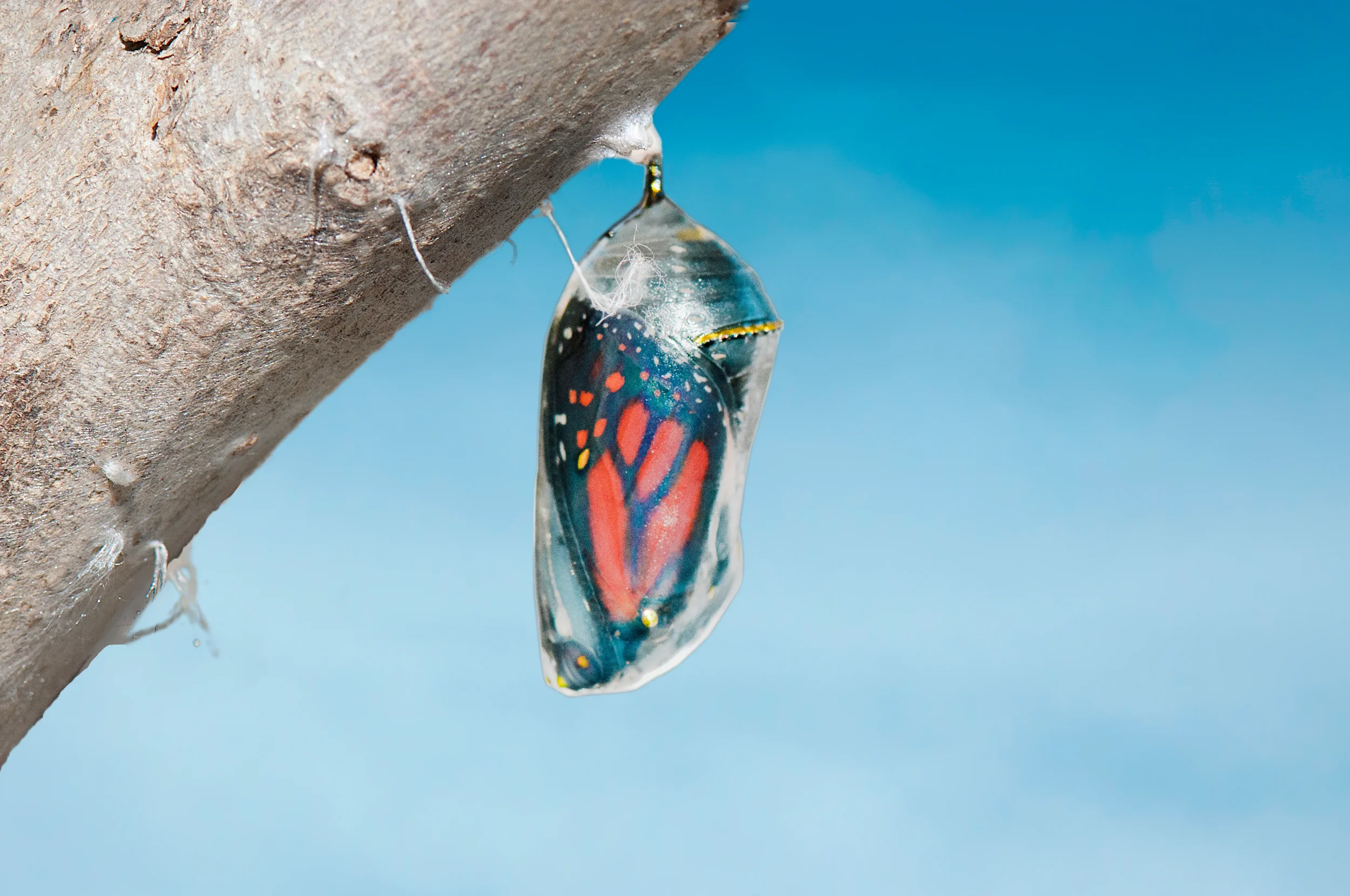The Space Between
Some ideas just need time.
You can sit at your desk for hours willing a solution into existence - but often, the more you push, the further away it feels.
Then later, when your mind has softened its grip - while brushing your teeth, tidying the kitchen, staring out a train window - something clicks. An answer drifts up, seemingly out of nowhere.
That’s not luck, it's incubation: the space between engaging with a problem and finding a solution. It’s when we’ve stepped back, shifted focus, or let go - that something starts taking shape beneath the surface.
In my own practice, I often have a dozen half-formed painting ideas floating around - based on photos, memories, conversations. I leave them to simmer, and eventually one surfaces with a quiet urgency to be made. I usually work on several paintings at once, moving between them. That rhythm - stepping away and coming back - helps me see more clearly.
This isn’t unique to artists.
➜ Einstein played the violin to unblock himself when stuck on complex physics problems.
➜ Archimedes had his “Eureka!” moment not in a lab, but in the bath.
➜ Salvador Dalí took “micro-naps” holding a key in his hand, waking the moment it dropped - catching ideas between waking and sleeping.
Neuroscience now backs this up. The “default mode network” in our brains activates when we’re not focused - during daydreaming, walking, washing dishes. When we're not trying, our minds are still working - weaving together ideas, drawing connections, generating solutions.
But in many workplaces, that kind of space is rare. Back-to-back meetings, instant replies, pressure to perform can leave little room for the quiet, indirect pathways that creativity often needs. Creativity isn't always linear. It thrives on rhythm - not rush.
What if we made more space for incubation in how we work?
Simple things like:
➜ A walking meeting instead of a boardroom one
➜ Silent reflection time after brainstorms, before decisions are made
➜ ‘No-meeting’ blocks where ideas can settle and surface
➜ Encouraging teams to let a problem breathe overnight
Not all creative progress looks like progress on the outside.
Sometimes, the best ideas arrive when we’re not looking directly at them.


